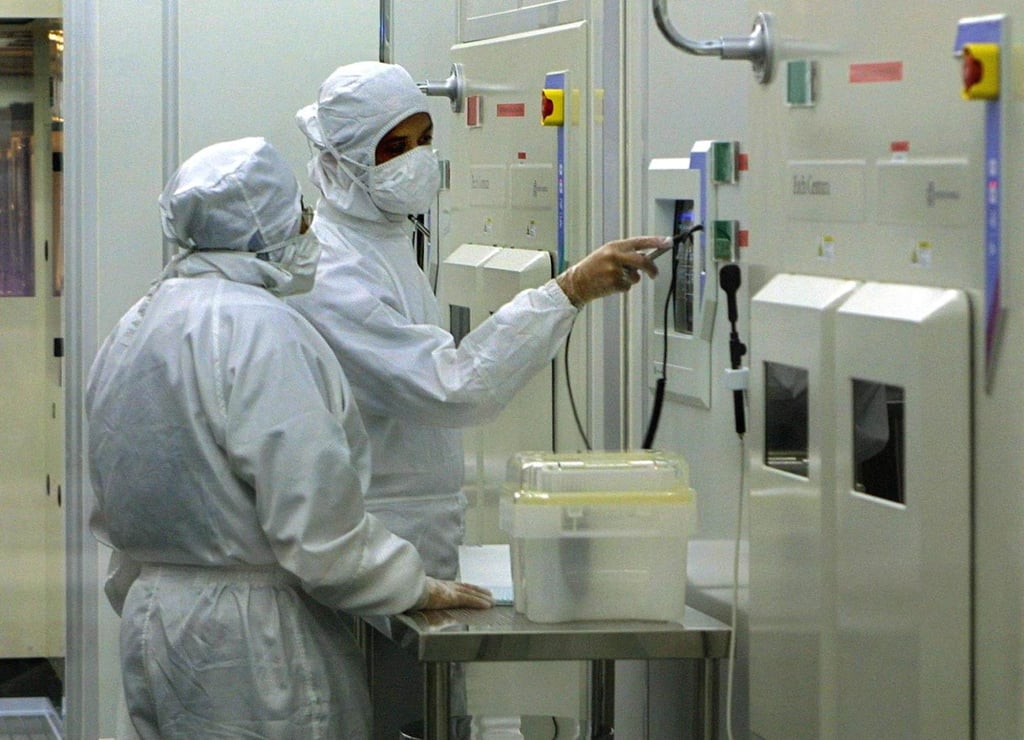In the northern state of Kedah, Malaysia’s hopes of climbing the semiconductor value chain stretch across thousands of acres of flatlands, cleared and primed for industrial estates.
Inside cavernous production facilities, machines hum as they transform chemical compounds and electronic components – some as thin as a strand of hair – into the micro miracles powering smartphones, supercomputers and artificial intelligence (AI) that are coveted by militaries and tech firms alike.
Malaysia may only be the fourth-largest economy in Southeast Asia, but it punches far above its weight in semiconductors, ranking as the world’s sixth-largest exporter.
Better known as chips, these fingernail-sized pieces of silicon are the beating heart of modern technology – and Malaysia refuses to be left behind in the race for dominance.
The country’s strength lies in combining multiple chips into central processing units and graphics processors, a multibillion-dollar industry that took root in 1972 when US tech giant Intel opened its first overseas facility in Penang.

But Malaysia’s early head start has eroded over the decades. Corruption and political instability dimmed its economic ambitions just as the global competition for semiconductor supremacy began to heat up. Thailand, Vietnam and most recently Indonesia have emerged as alternative regional hubs, threatening Malaysia’s position.


